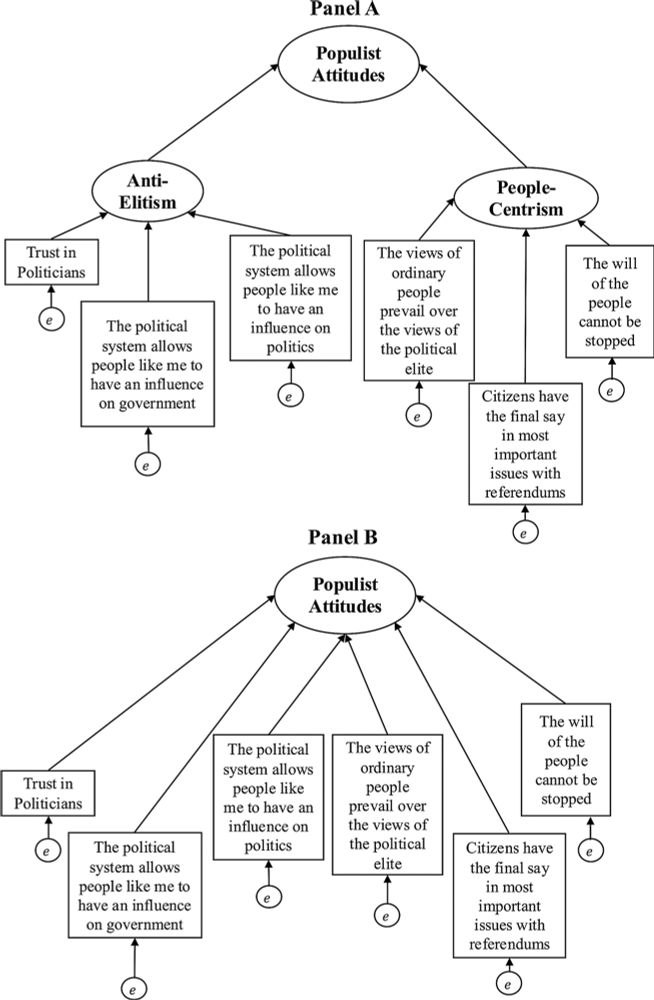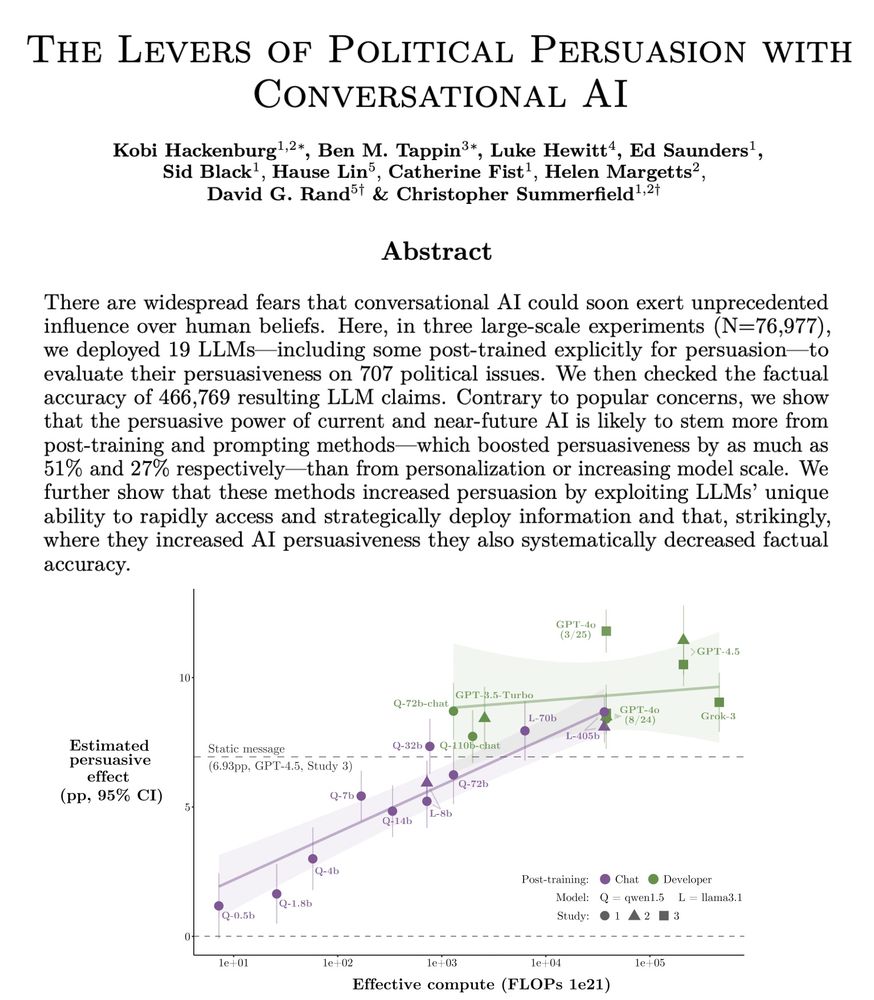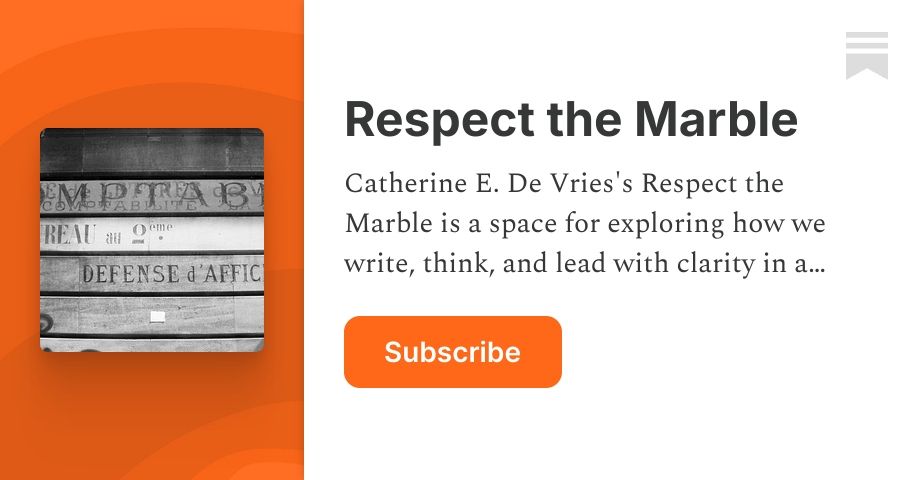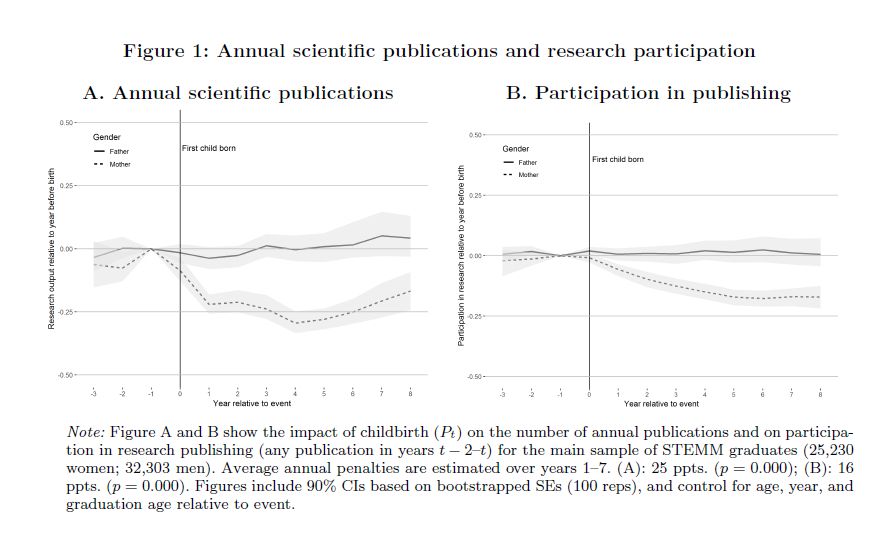Stefano Sangiovanni
@stesangio.bsky.social
92 followers
160 following
10 posts
PhDing @NASP, University Of Milan
https://ste-sangiovanni.github.io/
Party Politics, Computational Methods, Valence Politics, Political Scandals. Just a nerd with some muddling through skills.
#Firstgen
Posts
Media
Videos
Starter Packs
Reposted by Stefano Sangiovanni
Reposted by Stefano Sangiovanni
Reposted by Stefano Sangiovanni
Reposted by Stefano Sangiovanni
Reposted by Stefano Sangiovanni
Reposted by Stefano Sangiovanni
Reposted by Stefano Sangiovanni
Reposted by Stefano Sangiovanni
Giorgio Dolci
@giorgiodolci.bsky.social
· Jul 23

Measuring populism in Europe. Comparison and validation in the European Social Survey - Quality & Quantity
Quality & Quantity - Populism has become a defining feature of European democracies, prompting extensive scholarly debate about its impact on political processes. This study refines the...
link.springer.com
Reposted by Stefano Sangiovanni
Reposted by Stefano Sangiovanni
EPSS
@epssnet.bsky.social
· Jun 26
Reposted by Stefano Sangiovanni
Reposted by Stefano Sangiovanni
Reposted by Stefano Sangiovanni
Reposted by Stefano Sangiovanni
Alessandro Nai
@alessandronai.bsky.social
· May 26
Reposted by Stefano Sangiovanni
Reposted by Stefano Sangiovanni
















